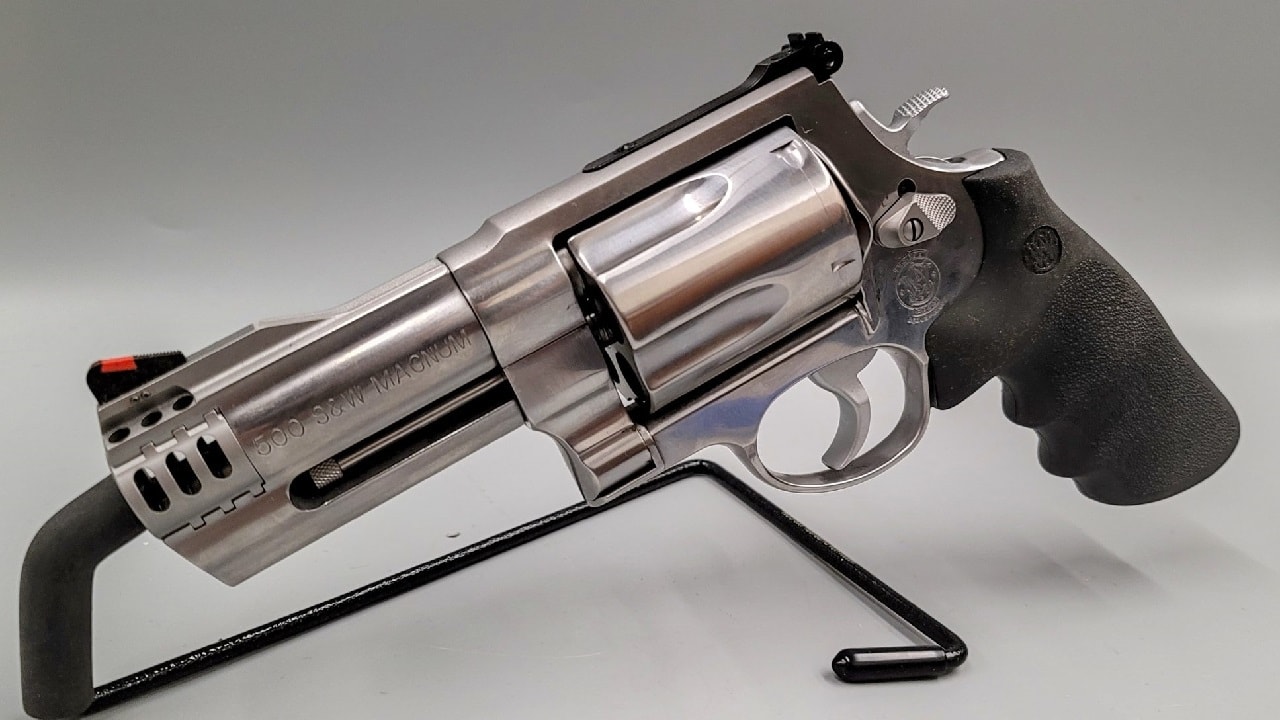Gun Sales Are on the Decline, But Prices Remain High – Everything is costing a bit more these days. The annual inflation rate hit 8.5 percent in March, the highest since December of 1981 and up from 7.9 percent in February. Inflation has more than doubled since March 2021. That has translated into higher prices for everyday goods, including food and gasoline, while consumer electronics and outdoor products have also been steadily rising in price.
Consumer demand and spending have largely been blamed for the high prices of durable goods, while the price of firearms has also remained high even as demand for guns has waned in recent months. The pandemic surge of gun sales, which was driven in a large part by many first-time buyers, has decreased – yet firearms sales remain higher than pre-pandemic levels. That, in turn has resulted in the high prices – and also a shortage of ammo as well and high prices.
State of the Industry
In its most recent earnings call, Sturm, Ruger and Company, the leading seller of American firearms, reported a 10 percent year-over-year drop in fiscal first-quarter revenue to $166.6 million, which company CEO Chris Killoy acknowledged came from “consumer demand for firearms (subsiding) from the unprecedented levels of the surge that began early in 2020.” Additionally, Smith & Wesson Brands reported fiscal-third-quarter results in March that showed a 31 percent slide in sales.
That was reflected in U.S. firearms sales, which fell in April but are still well above pre-pandemic levels. According to industry data, monthly sales of guns have surpassed 1 million units for 33 months in a row. Monthly sales of at least 1.25 million firearms could be the new normal.
In addition, gun sales background checks for 2022 to date are still 6 percent higher than during the first four months of 2016, which previously held the record for the most background checks, and even as purchases may be down from the white-hot levels reached during the pandemic and its immediate aftermath, firearm sales remain above historical trends.
Economic Growth
The firearms industry has also seen steady growth. According to data from the National Shooting Sports Foundation (NSSF), the firearms industry trade association, the total economic impact of the firearm and ammunition industry in the United States increased from $19.1 billion in 2008 to $70.52 billion in 2021, a 269 percent increase. In addition, the total number of full-time equivalent jobs rose from approximately 166,000 to over 375,819, a 126 percent increase in that period.

Image: Creative Commons.
“The economic contributions of our industry are indisputably contributing to every state and every community. This is the hallmark of the hard-working men and women who prove that the American firearm and ammunition industry is strong,” said Joe Bartozzi, NSSF President and CEO. “The growth of firearm and ammunition manufacturing year-after-year shows that this industry continues to meet the American demand for lawful firearm ownership. This industry produces the highest quality firearms and ammunition, and has been proud to welcome over 5.4 million first-time gun buyers in 2021 alone.”
Despite the growth that the industry has seen, it was greatly impacted by the pandemic and the subsequent supply chain woes. Many gun shops even struggled to keep product on the shelves during the mad rush of 2020 and early 2021, and only now is supply meeting demand. For manufacturers, there are still supply chain bottlenecks to contend with, while the cost of raw materials continues to go higher.
As a result, overall demand for firearms may be slowing, but prices are only expected to go higher in the coming months.
Now a Senior Editor for 1945, Peter Suciu is a Michigan-based writer who has contributed to more than four dozen magazines, newspapers and websites. He regularly writes about military hardware, and is the author of several books on military headgear including A Gallery of Military Headdress, which is available on Amazon.com. Peter is also a Contributing Writer for Forbes.

